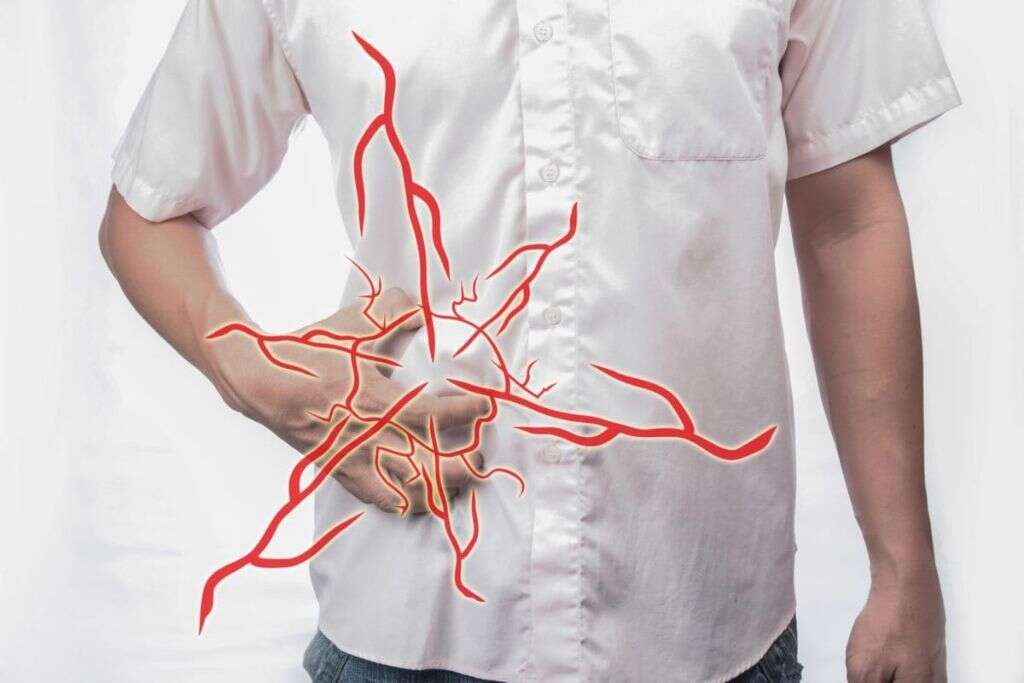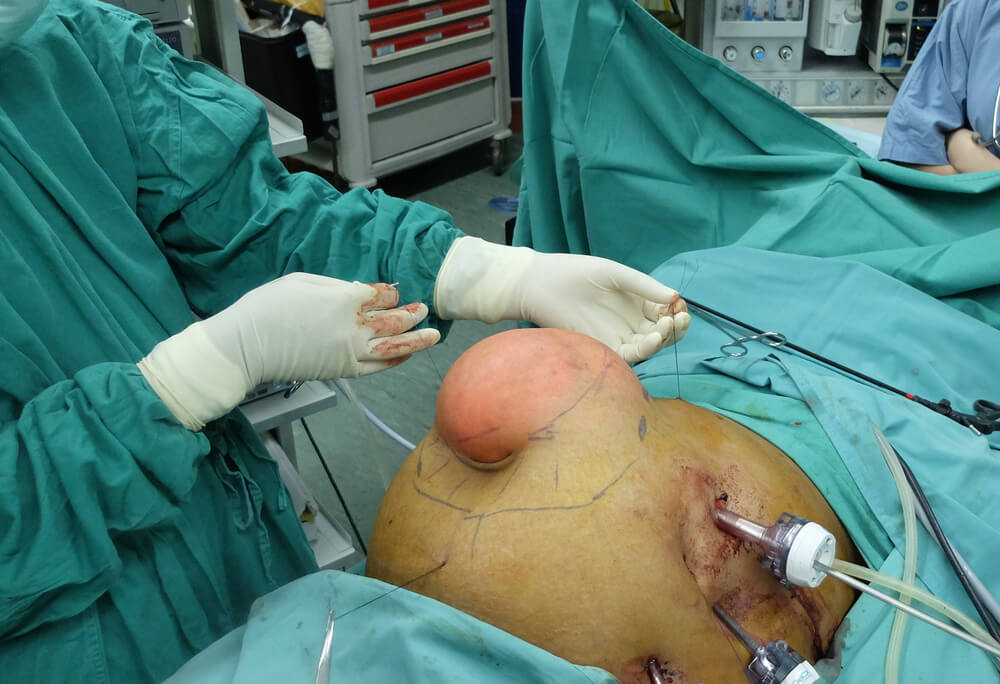

It can appear as a small bulge in the inner upper part of a woman’s thigh or groin. Femoral hernia symptomsĪ femoral hernia may not be visible or have any symptoms. This can be compounded by the fact that hernias are less common in women. This is because hernias in women are frequently deeper in their body and a bulge is less noticeable than in men.Īlso, hernia symptoms including pelvic pain may initially be thought to be due to gynaecological conditions such as endometriosis, cysts or fibroids. In women, hernia symptoms can sometimes be under or misdiagnosed. Hernia symptoms in women depend on the type of hernia they have. The risk of this hernia is slightly increased in women as they age and particularly if they are overweight. It happens when the upper part of your stomach pushes up into your chest through an opening in your diaphragm muscle that separates your abdomen from your chest. Hiatus herniasĪ hiatus hernia occurs in the chest area and affects the digestive system. Indirect inguinal hernia is the most common hernia in women. An indirect inguinal hernia is caused by a defect in the abdominal wall that was typically present at birth. A direct inguinal hernia develops over time and is caused by weakness in the abdominal muscles. Inguinal hernias are the most common type of hernia. Inguinal herniasĪn inguinal hernia happens when your bladder or intestine pushes through your groin in the inguinal region. Incisional hernias are more common in women than in men as caesarean section contributes largely to the cases of incisional hernias.

According to the British Hernia Centre, it is estimated that at least 12-15% of abdominal operations lead to an incisional hernia¹. The scar may be weak and can give way to a hernia. Incisional herniasĪn incisional hernia is a lump that occurs through a previously made incision in your abdominal wall. Obese women may also be more at risk as obesity can cause an opening in the abdominal muscles to expand over time. This is due to the stretching around the naval and upper abdomen during pregnancy. These hernia lumps happen when fatty tissue or a part of your bowel pokes through near your belly button or upper abdomen area.īoth hernias are common among pregnant women especially those with a multiple pregnancy such as twins or triplets. Umbilical and epigastric herniasĪn umbilical hernia develops at your belly button and an e pigastric hernia appears in your upper abdomen. Femoral hernias often appear after childbirth, from straining on the toilet with constipation, when moving heavy loads, in those who are obese or, with a constant and heavy cough. It protrudes through at the top of your inner thigh.įemoral hernias happen far more in women than men as women have a wider pelvis that makes their femoral canal slightly larger. Which type of hernia is more common in women? Femoral herniasĪ femoral hernia occurs when fatty tissue or a part of your bowel pokes through a weak spot in the surrounding abdominal muscle wall into an area called the femoral canal.

Your muscle tissue can become weak and lose flexibility over time. It is generally believed that you have an increased chance of getting a hernia as you age. There are a number of different types of hernias. It may cause abdominal and pelvic pain depending on which type of hernia it is. What is a hernia?Ī hernia is simply when a part of your internal organ squeezes through a weak spot in your muscle wall.

Do women have the same hernia symptoms as men? Often a hernia presents with similar symptoms for men and women but certain types of hernias are more common in one of the sexes and each type of hernia has specific symptoms related to it. But they are often perceived as a man’s problem. Are you wondering if the aching in your groin is a hernia? Did you know women get hernias in their groin too? In fact, hernias are common in men and women.


 0 kommentar(er)
0 kommentar(er)
